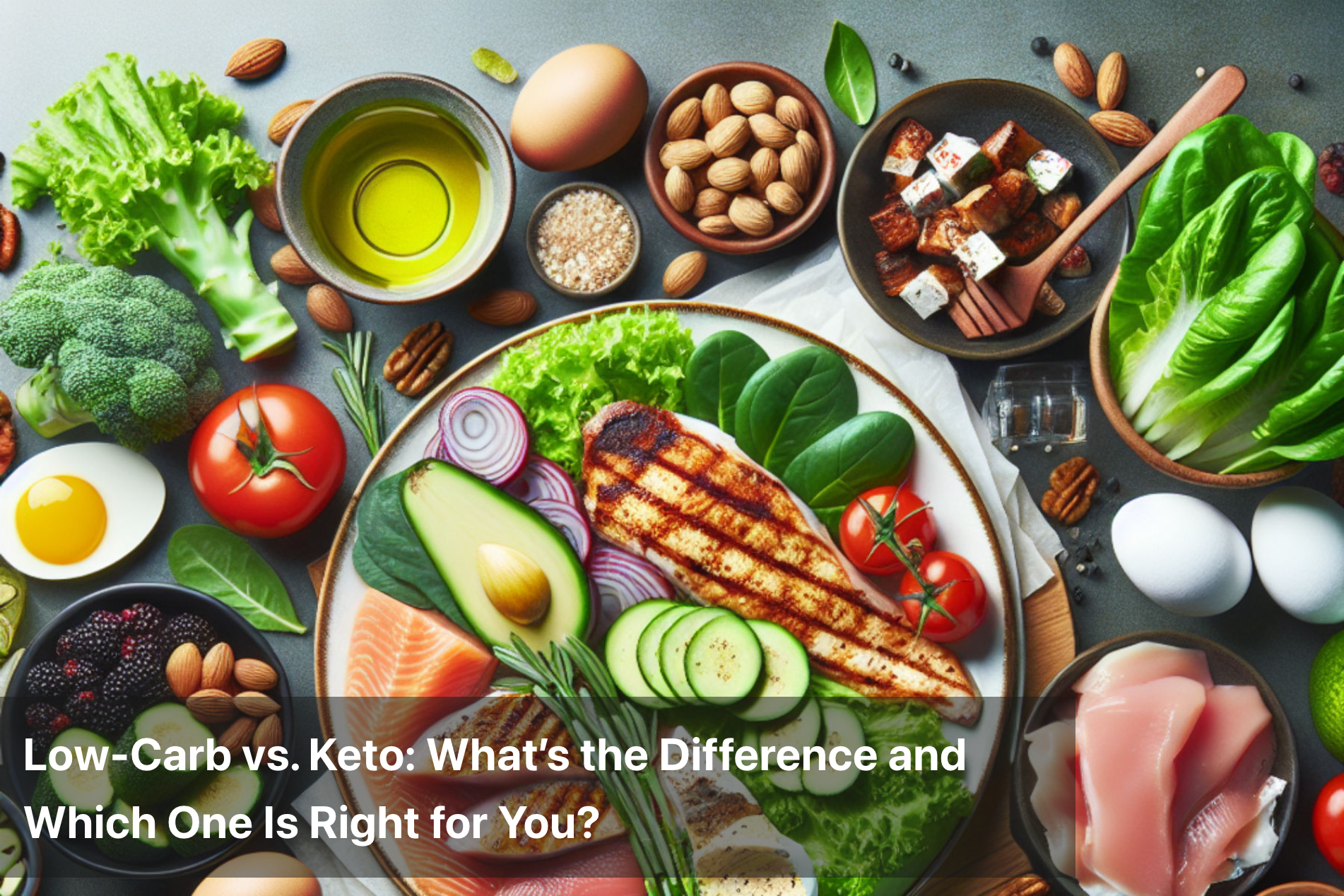
Low-Carb vs. Keto: What’s the Difference and Which One Is Right for You?
Choosing the right diet can be overwhelming, especially when terms like "low-carb" and "keto" are often used interchangeably. While both diets reduce carbohydrate intake and emphasize real, whole foods, they work differently in the body and serve different purposes. Understanding the key distinctions between low-carb and ketogenic diets helps in choosing the approach that aligns best with individual health goals, lifestyle, and preferences.
Both diets offer a path to improved energy, better blood sugar control, and sustainable weight loss—but the journey and intensity vary.

What Is a Low-Carb Diet?
A low-carb diet focuses on reducing total carbohydrate intake to moderate levels. The goal is to manage blood sugar, promote fat loss, and improve overall health without necessarily pushing the body into a state of ketosis. Carbohydrate intake typically ranges from 50 to 150 grams per day, depending on the individual.
A balanced low-carb plate includes:
-
Moderate protein
-
Healthy fats
-
Plenty of non-starchy vegetables
-
Limited fruits and whole grains
-
Minimal sugars and refined carbohydrates
This style of eating is flexible, easy to maintain long-term, and can be adjusted based on activity level and personal goals.
What Is the Keto Diet?
The ketogenic diet, or keto, is a much stricter form of low-carb eating. It restricts carbohydrate intake to 20 to 50 grams per day, with the goal of entering and maintaining ketosis, a metabolic state in which the body uses ketones (from fat) instead of glucose for fuel.
A typical keto plate includes:
-
High fat (70–75% of daily calories)
-
Moderate protein (20–25%)
-
Very low carbohydrates (5–10%)
-
Minimal fruits and root vegetables
-
Zero sugars and refined carbs
Keto is more structured and often requires careful tracking of macronutrients to stay within the narrow carbohydrate limit.
The Key Differences: Low-Carb vs. Keto
|
Aspect |
Low-Carb Diet |
Keto Diet |
|---|---|---|
|
Carb Intake |
50–150 grams/day |
20–50 grams/day |
|
Primary Fuel Source |
Glucose and some fat |
Ketones (from fat) |
|
Focus |
Flexibility, blood sugar control |
Metabolic state of ketosis |
|
Fat Intake |
Moderate to high |
High |
|
Protein Intake |
Moderate to high |
Moderate (too much can disrupt ketosis) |
|
Food Choices |
Broader range (some grains, fruits) |
More restricted (limited fruits, no grains) |
|
Suitability |
More general use |
Best for specific goals (fat loss, epilepsy) |
|
Ease of Use |
Easier to follow long-term |
Requires strict tracking and consistency |
Health Benefits of a Low-Carb Diet
-
Weight loss without strict tracking
-
Balanced blood sugar levels
-
Reduced cravings and improved satiety
-
Improved cholesterol and triglyceride levels
-
Sustainable and family-friendly meal plans
-
Better digestive health through fiber-rich vegetables
Low-carb diets are effective for those looking to manage weight, control blood sugar, or reduce inflammation without the need for extreme carb restriction.
Health Benefits of the Keto Diet
-
Accelerated fat burning and weight loss
-
Improved insulin sensitivity
-
Reduced blood sugar spikes
-
Stable energy throughout the day
-
Appetite suppression
-
Therapeutic benefits for neurological conditions like epilepsy, Alzheimer’s, and Parkinson’s
Keto is highly effective for individuals dealing with insulin resistance, obesity, or specific medical conditions. It may also suit those looking for a structured, results-driven nutrition plan.
Side Effects and Adaptation
Low-Carb Diet
Most people adapt easily, though initial symptoms may include:
-
Fatigue
-
Headache
-
Constipation (if fiber intake is low)
These are typically short-term and resolve quickly with proper hydration and balanced meals.
Keto Diet
The adaptation period—often called the "keto flu"—can be more intense:
-
Brain fog
-
Muscle cramps
-
Nausea
-
Dizziness
-
Sleep disturbances
These symptoms can last a few days to a week and are best managed by:
-
Increasing electrolytes (sodium, potassium, magnesium)
-
Staying hydrated
-
Gradually reducing carbs before starting
Choosing Between Low-Carb and Keto: Who Is It For?
|
Criteria |
Low-Carb Diet |
Keto Diet |
|---|---|---|
|
Ideal for |
|
|
|
Suitability |
Easy to incorporate into family meals and social events |
Best under medical supervision for individuals with existing health conditions |
|
Tracking & Restrictions |
Minimal tracking; less restrictive |
Requires consistent macro tracking and stricter food elimination |
|
Long-Term Use |
More sustainable and adaptable over time |
Effective short to medium-term strategy; may need cycling or reintroduction phases |

Can You Switch Between the Two?
It’s possible to start with a low-carb diet and gradually transition into keto as your body adapts to reduced carbs. This approach helps minimize side effects and offers time to build awareness around food choices and macronutrient tracking.
Some individuals cycle between low-carb and keto depending on their activity level, lifestyle demands, or specific health goals. This flexibility allows for periods of strict ketosis and reintroduction of healthy carbs when needed.
Summary
While both low-carb and keto diets reduce carbohydrate intake, the depth of restriction and their effects on metabolism vary. A low-carb diet offers flexibility, moderate carb reduction, and long-term sustainability. It supports weight loss, stable blood sugar, and better food awareness. On the other hand, the keto diet pushes the body into ketosis for more dramatic fat-burning and therapeutic effects but requires strict discipline and tracking.
Choosing between the two depends on your goals, lifestyle, and health conditions. Whether easing into low-carb living or committing to the structured path of keto, both approaches can deliver powerful health benefits when done correctly.
This Blog post is an initiative by Lo! Foods, to provide accurate and Nutritionist / Doctor approved information related to Health. Lo! Foods is India's leading brand for Everyday Functional Foods. Foods designed for specific Health conditions or Needs. Lo! Foods also runs India's largest range of Low Carb Healthy Cloud Kitchens, under the brand names of Lo!, ProteinChef, ATH (All Things Healthy) and DiabeSmart.


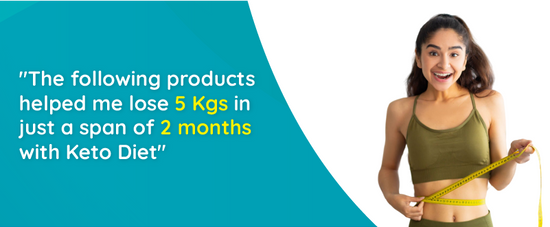
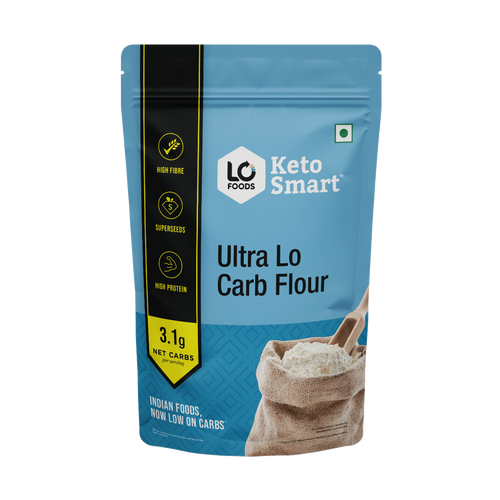
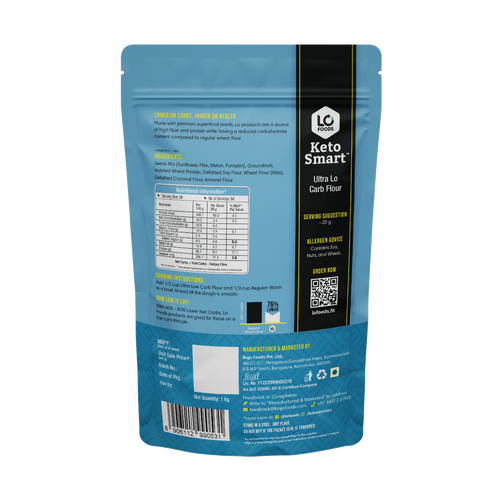

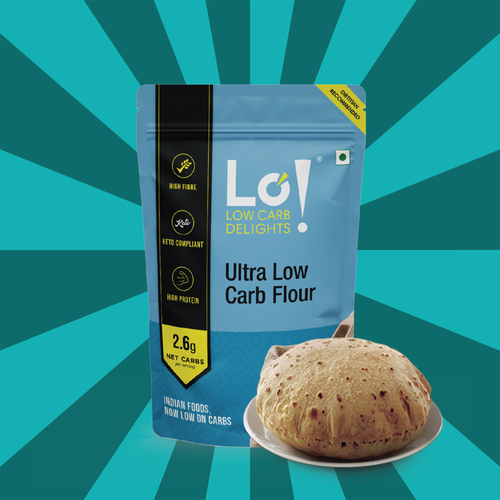


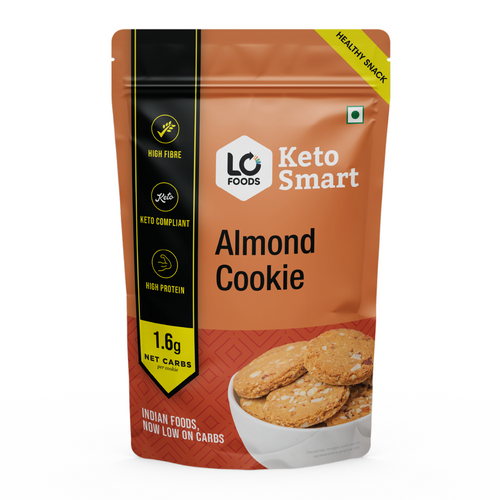


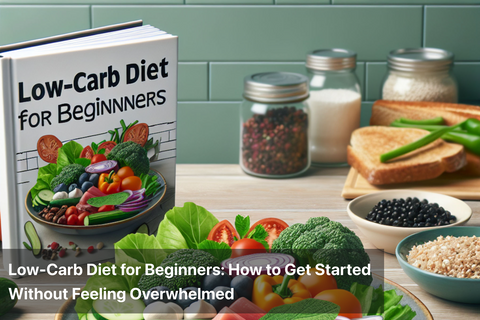


Leave a comment
Your email address will not be published.